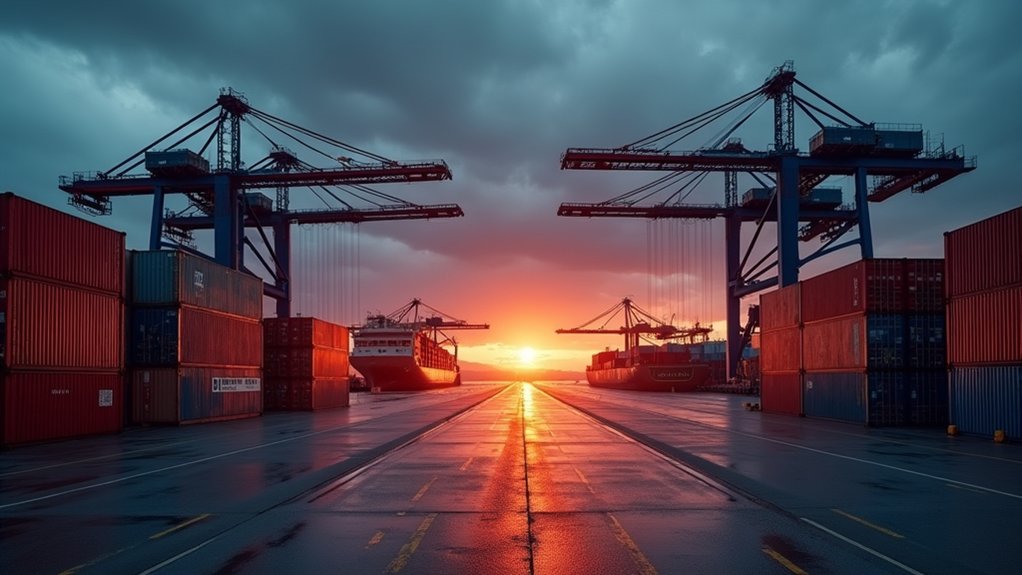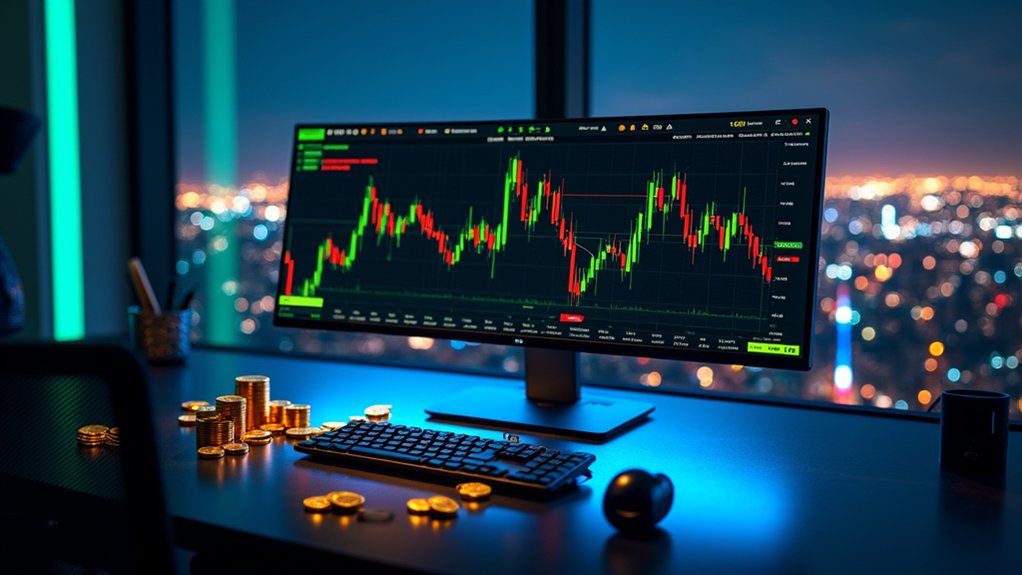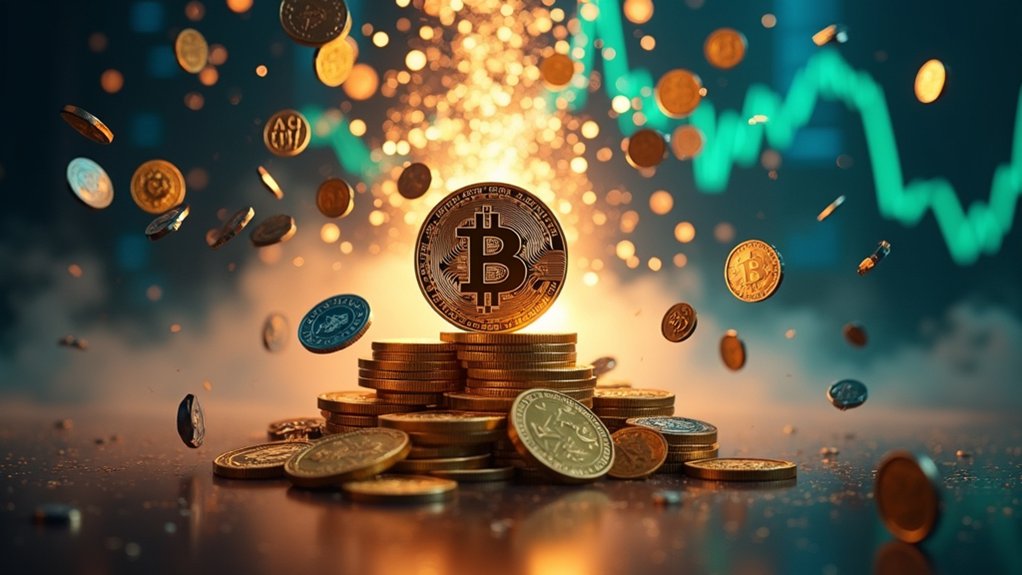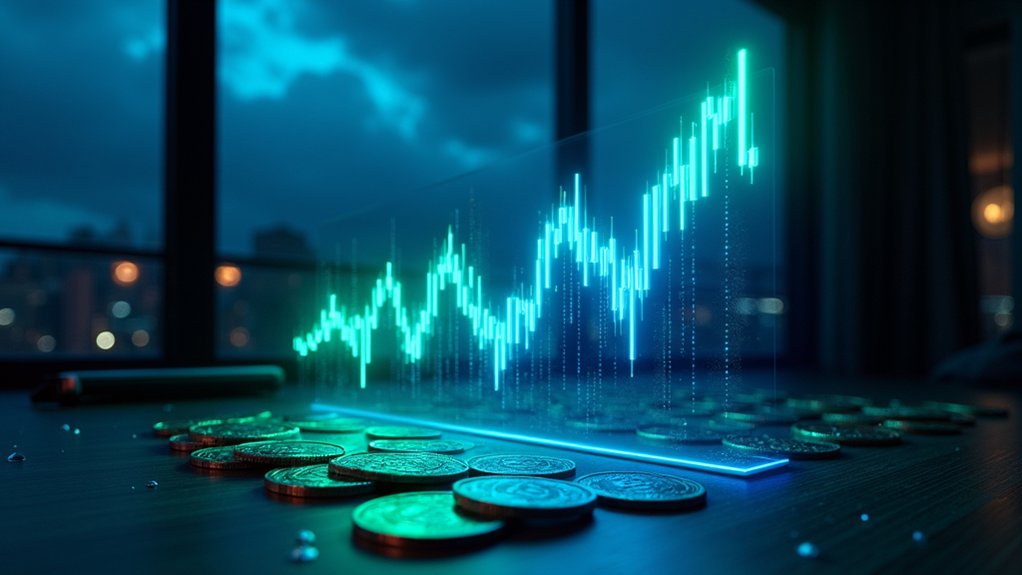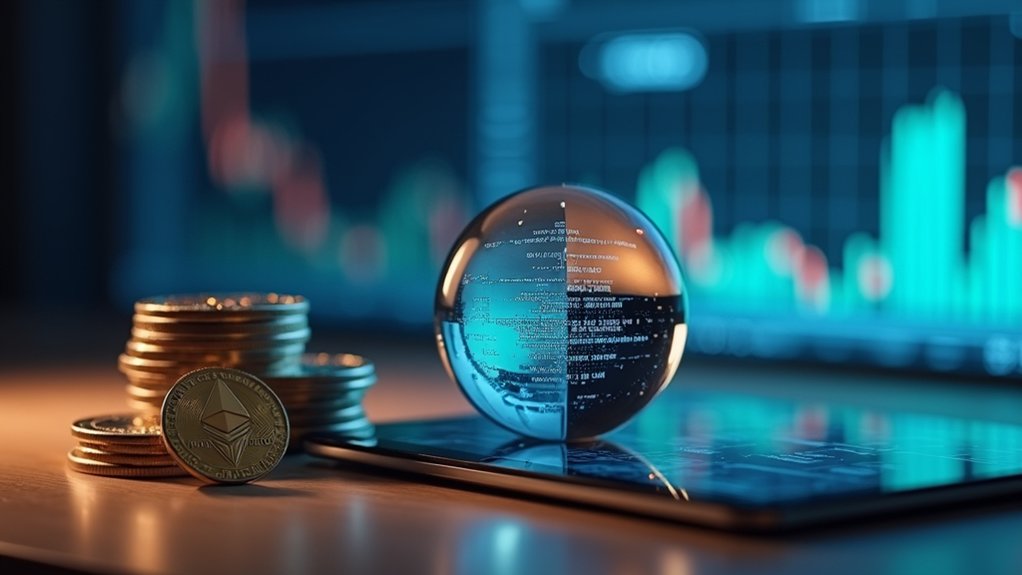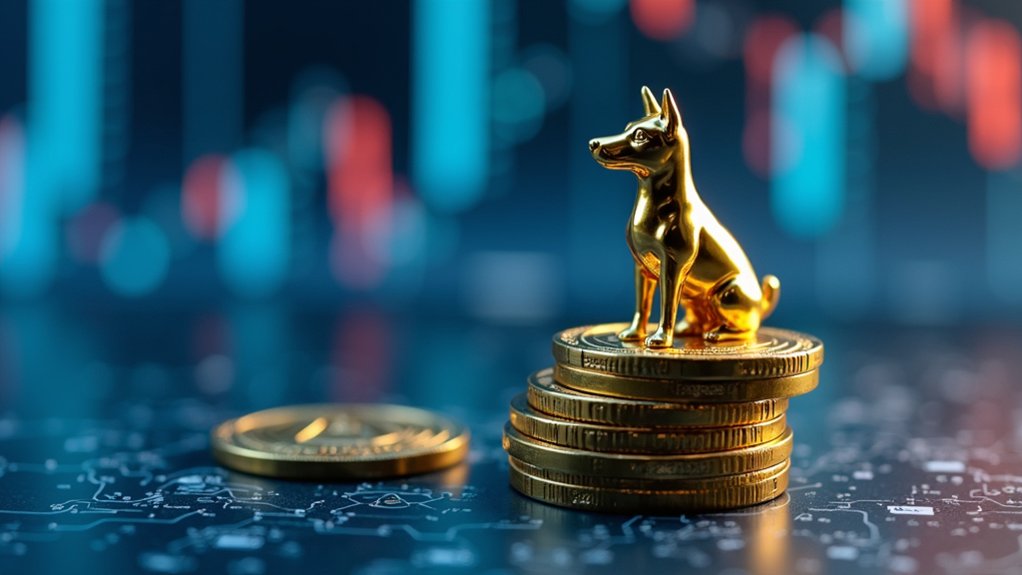President Trump stormed back into the trade spotlight, declaring that a pause on his steep tariffs is highly unlikely, despite a brief reprieve announced in April 2025. The air in Washington crackled with tension, like static before a storm, as he doubled down on his “America First Trade Policy.” It’s a bold stance, one that’s got folks picturing factory smokestacks firing up across the Rust Belt. But is it a nostalgic dream or a gritty reality? The average U.S. tariff rate has already skyrocketed from 2.5% to a jaw-dropping 27% in just months. That’s a hefty price tag on everything from sneakers to smartphones. Economists, including 23 Nobel Prize winners, have cautioned that such policies could lead to higher consumer prices.
Now, let’s rewind to April. A 90-day pause on higher, country-specific tariffs—excluding China—offered a fleeting gasp of relief. Markets roared back, with the S&P 500 spiking 9.5% in a single day, as if Wall Street had chugged an energy drink. Over 75 countries reached out, desperate to negotiate, their pleas echoing like a crowded bazaar. Trump initially scoffed at any pause, only to later smirk about markets getting the “yippy” jitters. Funny how fear can flip a policy switch, isn’t it? Yet, even with the pause, a baseline 10% tariff lingered, a stubborn shadow over trade. Additionally, Trump’s latest executive order instructs agencies to investigate unfair trade practices, with a sharp focus on China’s compliance issues.
Markets surged with a 90-day tariff pause in April, S&P 500 jumping 9.5% in a day, yet a 10% baseline tariff still looms.
China, though, remains the dragon in the room. Tariffs on their goods have surged to a staggering 145%, met by Beijing’s retaliatory 125% and rare earth export curbs. It’s a trade war chess match, each move colder than a winter wind off Lake Michigan. Meanwhile, steel and auto imports face 25% levies, and threats loom over Canada and Mexico tied to migration and fentanyl. Picture border trucks idling, drivers sipping bitter coffee, waiting for the next policy bombshell.
Economists warn these tariffs could spike consumer prices, a pinch felt at every checkout counter. Yet Trump’s team insists domestic jobs will bloom like spring fields. Will this gamble revive forgotten towns, or just burden wallets? The contrast between old-school protectionism and global trade’s web is stark. For now, the tariff storm brews, and relief feels as distant as a clear sky.
